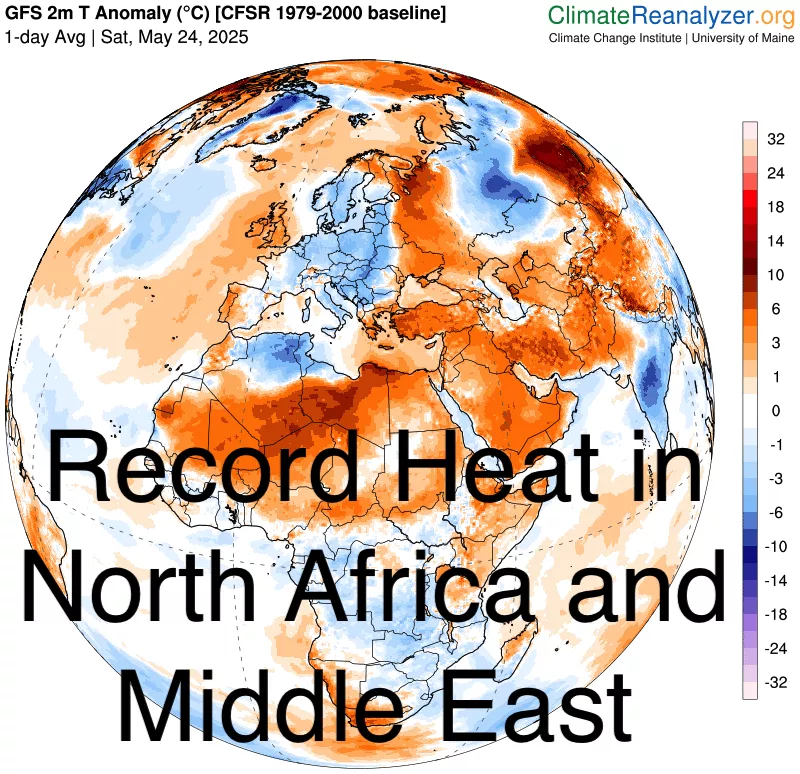
The record heat continues in the Middle East this weekend. The record for the hottest day in May was broken in three separate countries in the Arabian Peninsula. In Saudi Arabia, an astonishing 52.2°C was recorded today in Abqaiq, in the eastern part of the country along the Persian Gulf. The other May records were also broken close to the Persian Gulf with 51.6°C in the United Arab Emirates and 48.5°C in Qatar (https://www.france24.com/en/middle-east/20250524-uae-breaks-may-heat-record-with-scorching-51-6c).
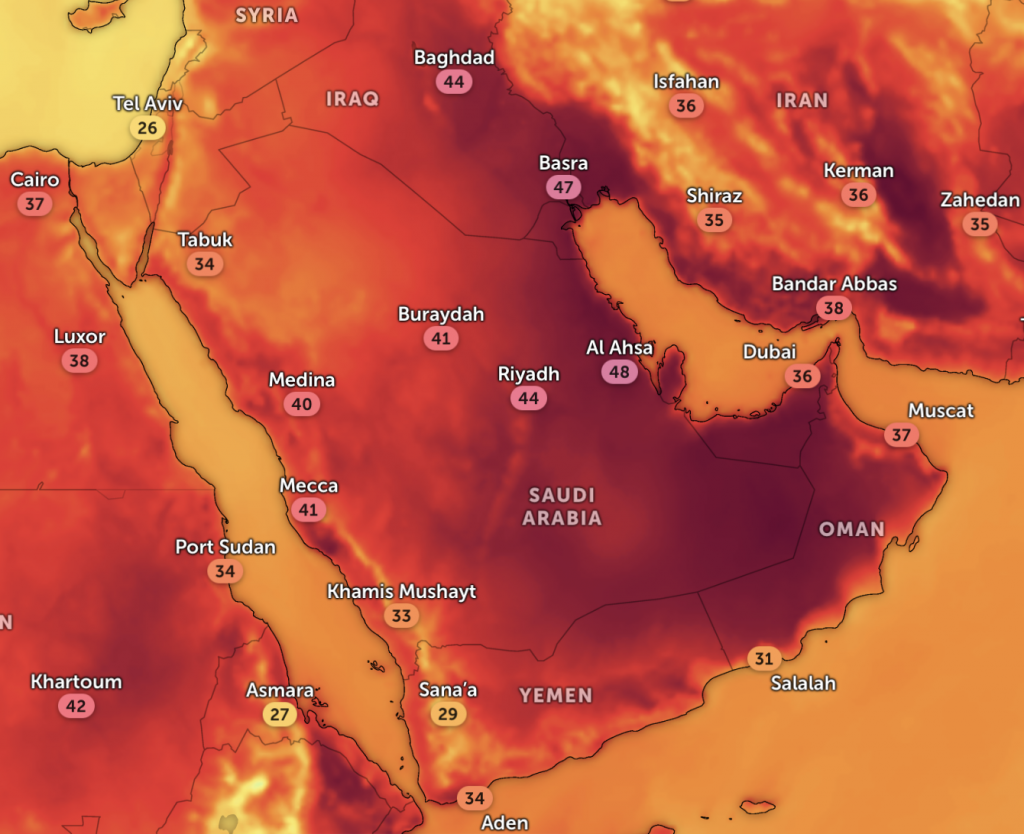
The heat in the Arabian Peninsula is spread further north and west, towards the northern Middle East and North Africa, leading to some record high minimum temperatures recorded at night. In Tuz Khurma in the northeastern part of Iraq nearing the Zagros Mountains, temperatures did not drop below 34.8°C, making it the hottest May night in Iraqi history. Even in Baghdad, temperatures failed to drop below 30.3°C, a figure unheard of this early in the dry season which will last with its high temperatures through October. Other countries in the area also recorded record high minimums for May with 33.6°C in the United Arab Emirates and 35°C seen in Algeria.
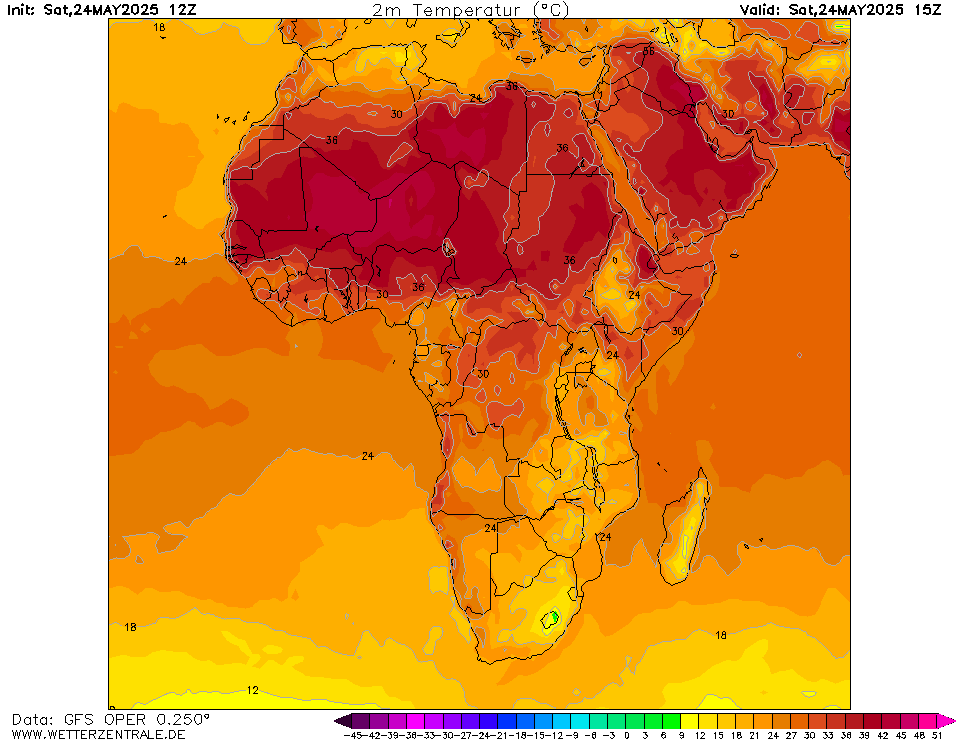
The high heat in North Africa is pushing north into the southern Mediterranean. Record monthly highs were noted at stations across the region with record high temperatures of 47.3°C in Algeria and 46.5°C in Libya south of the sea and 40.4°C in Turkey and 39.6°C in Greece north of the Mediterranean. These high temperatures won’t last forever, as the animation below shows a blast of cold air coming in from the north that will bring much needed relief to Southern Europe and North Africa.
In the South Pacific, new records for the warmest May nights were set in Micronesia and New Caledonia. In New Caledonia, on Ile Surprise in the d’Entrecasteaux Reef, the hottest May nightly minimum ever in the country was recorded, with temperatures reaching 26.3°C. In Micronesia, in the Chuuk Lagoon, temperatures reached a shocking 28.3°C. These temperature occur despite the neutral El Niño-Southern Oscillation cycle. Water temperatures in the central Pacific are neither above nor below normal during the neutral phase, yet record nightly temperatures are already being set.


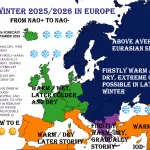
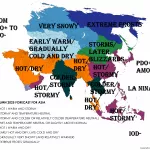


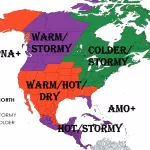
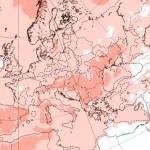
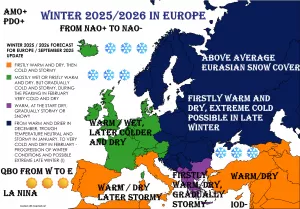
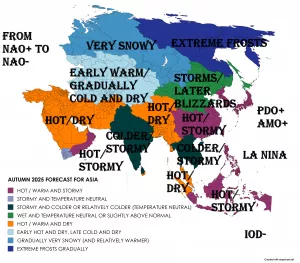

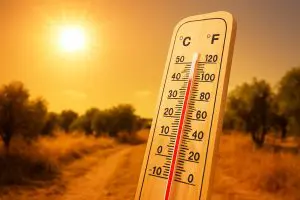
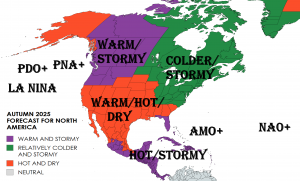
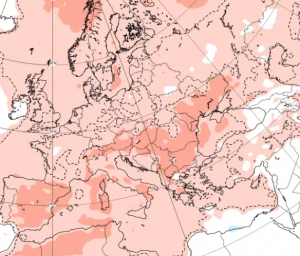
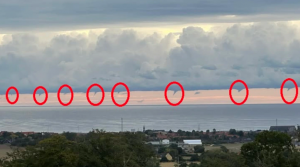
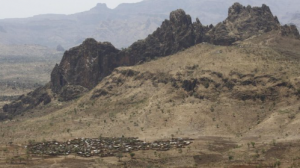
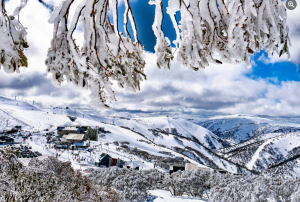
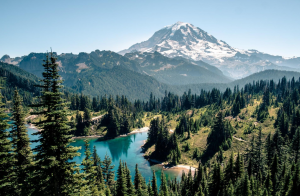


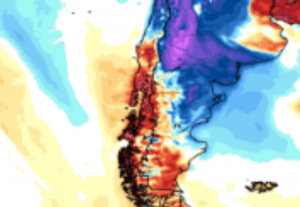
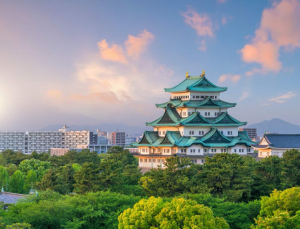
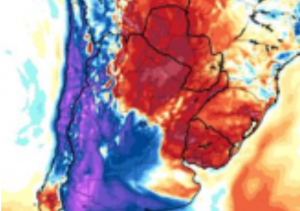
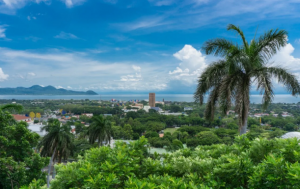




13 thoughts on “Weather Report for May 24th, 2025: Historic heat wave continues in Middle East, 52.2°C in Saudi Arabia. Hottest May nights ever in South Pacific”
Comments are closed.